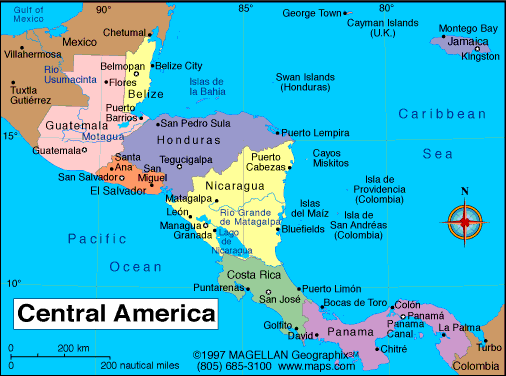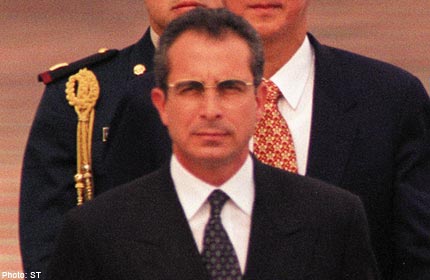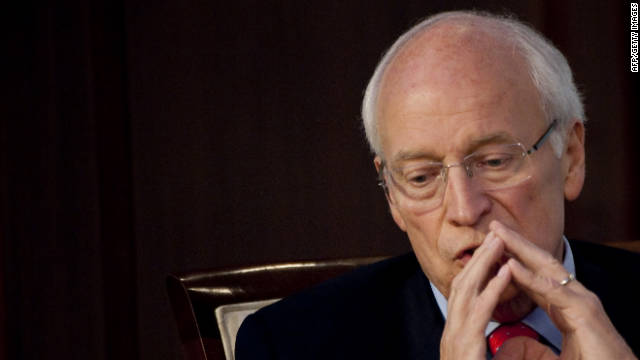By Brittney Hodnik
Impunity Watch Reporter, North America
TEGUCIGALPA, Honduras – The United Nations Office on Drugs and Crime found that Honduras had the highest homicide rate in 2010. In fact, four of the top five countries on the list are in Central America; behind Honduras, El Salvador, Jamaica, and Belize are all in the top five. According to the study, this puts Central America and the Caribbean at a “near crisis point.”

Homicide rates have risen all over Latin America. In addition, Mexico alone saw a 65% increase since 2005. The study attributes most of the violence to organized crime, specifically drug trafficking, according to CNN. Further, The Press Association reports that the crackdowns on drug cartels in Mexico have pushed traffickers to these other parts of Central America.
Specifically for Honduras, there were 6,200 killings out of a population of 7.7 million people, according to The Press Association. The study shows that for every 1,000 people in the country, 82.1 will become victims of homicide, as reported by Fox News (for reference, the report stated that for every 1,000 people in the United States, only 5 will become victims of homicide).
Along with an increase in drug related violence and organized crime, the accessibility of firearms is an issue. According to The Washington Post, as many as three-quarters of all homicides involve a gun. Further, Merco Press reported that sudden dips in the economy might also contribute to increased violence and homicides.
The Amandala Online (Belize) reports that the U.N. study shows: “In countries with high murder rates, especially involving firearms, such as in Central America, 1 in 50 males aged 20 will be killed before they reach the age of 31.”
The Press Association reports that Honduras Human Rights Commissioner, Ramon Custodio fears that the crime figures will only get worse before they get better. Custodio said, “We, Hondurans, have lost the right to live without fear.”
The U.N. report shows that of 468,000 people killed in 2010, 36% of those homicides took place in Africa, 31% in the Americas, and 27% in Asia. Europe and Oceania combined for less than 6% of all homicides, according to CNN.
While homicide rates have consistently dropped over the last 15 years in North America, Asia, and Europe, Central America and the Caribbean are both facing steady increases with no end in sight.
For more information, please visit:
MercoPress — Latin America Has Highest Rates of Intentional Homicide, Says UNDOC Report — 8 Oct. 2011
Amandala Online — Central American Crime Crisis: Belize Has 6th Highest Homicide Rate Globally — 7 Oct. 2011
CNN — Report: Americas and Caribbean Top Global Murder Rates — 7 Oct. 2011
Fox News — Honduras Led World in Homicides in 2010; 4 Latin American Countries in Top 5 — 7 Oct. 2011
Washington Post — UN Study Says Regional Crime Surge Gives El Salvador, Honduras World’s Highest Homicide Rates — 6 Oct. 2011



